Isaac has come across some beautiful stuff that has a really unusual story. Quite by chance, he came across some guys who, in the middle of the pandemic, decided to restore a dilapidated public garden in Versoix, just outside Geneva. Using video, archival research and drone footage, he has documented the heart-warming renovation of the Jardin de la Bécassine.
Yearly Archives: 2021
Julien Spiewak and the Unkown Masterpiece
Julien Spiewak is young, talented, inspired and modest. His photographic oeuvre has been exhibited at art fairs in Rome, Rio, Seoul, Amsterdam and, significantly, Paris. I meet him at the tenth anniversary of that where-things-happen gallery, Espace L.
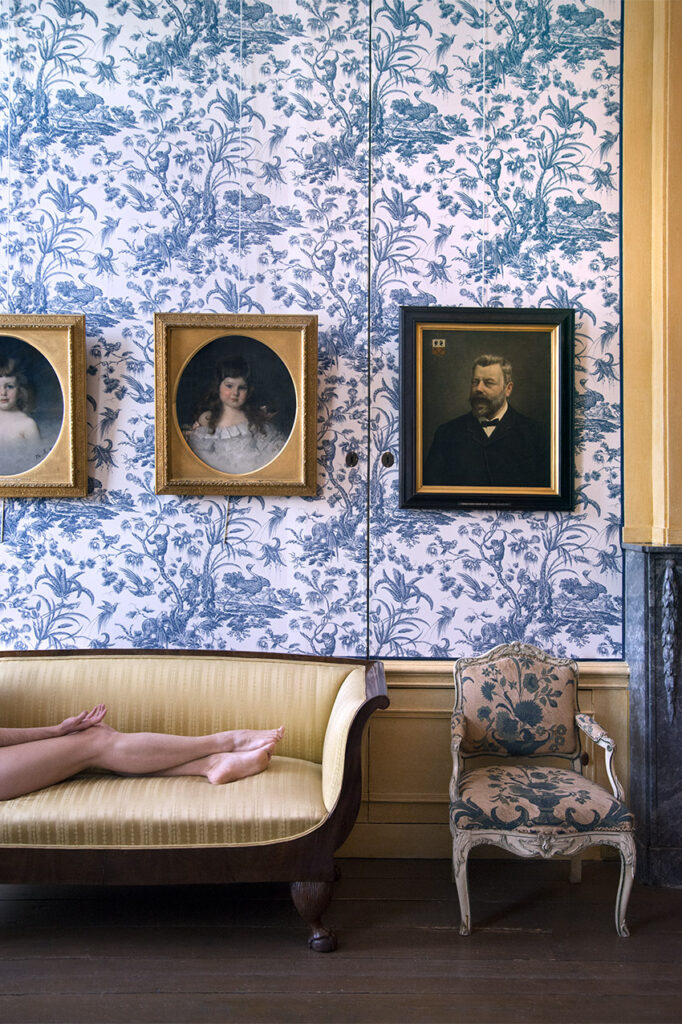
Julien took a degree in photography from the University of Paris in 2008. Since, he has with single-minded passion driven one project to considerable success: his Corps du Style (the title being a nod to the Louis XV Style.) His modus operandi comprises an intriguingly staged photograph in which only a part of his or a model’s naked body is set against furniture, painting or sculpture in the sumptuous surroundings of major museums. (Apparently, having access to an empty museum for this exercise is no mean administrative feat!) The resulting images are technically accomplished. Real beautiful stuff! At the same time, there is something a little disconcerting and even amusing in Julien’s striking contrasts between the living body part and the inanimate; the young and the old; the warm and the cold. I can’t help noticing how the rather discrete lines left by the young model’s bra play off the marble’s delicate veins.
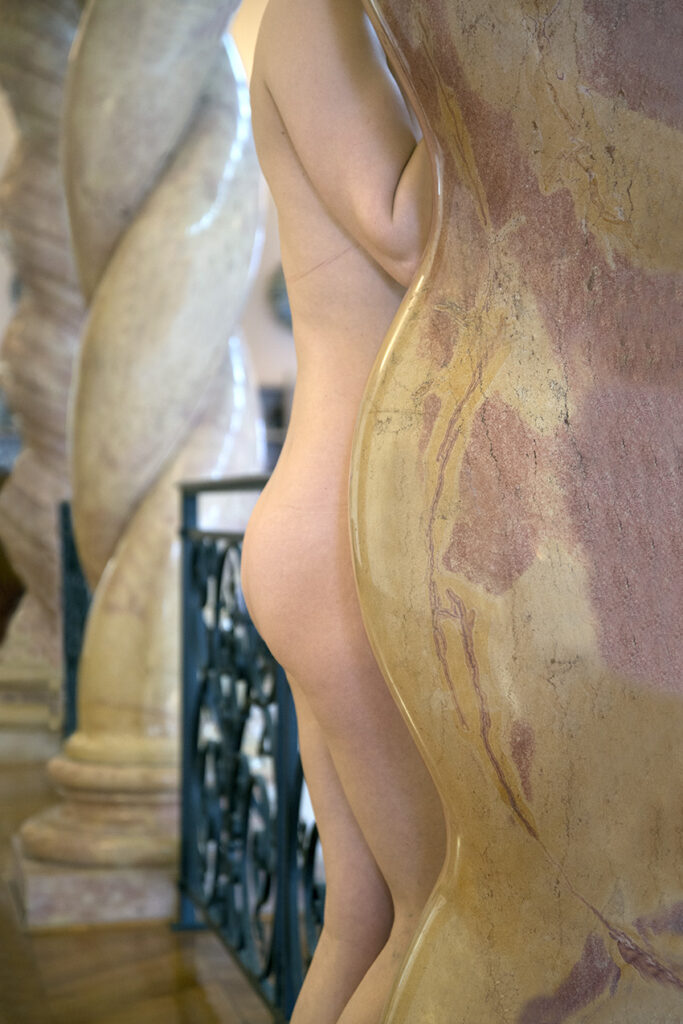
So far so good. Close co-operation with Espace L took Julien’s work to the Paris Art Fair in 2020. The Director of the Maison de Balzac tapped him on the shoulder, declared an admiration for his project and invited him for tea so to speak. “Have you read D’Honoré de Balzac’s Le Chef-d’Oeuvre Inconnu (Unkown Masterpiece)?” asked the Director. Julien had not… but he did soon after. Balzac’s short story, set in Paris and published in 1831, centres on the tortured soul of a painter called Frenhofer, an old master of the day. Frenhofer tries to execute a masterpiece on canvas but ends up with a chaos of colour and swirls with a protruding human foot. Reading Le Chef-d’Oeuvre Inconnu was to be a major light-bulb moment in Julien’s life because, here in Balzac’s words, were countless phrases that seemed to speak directly to his Corps de Style photographed over the preceding years.
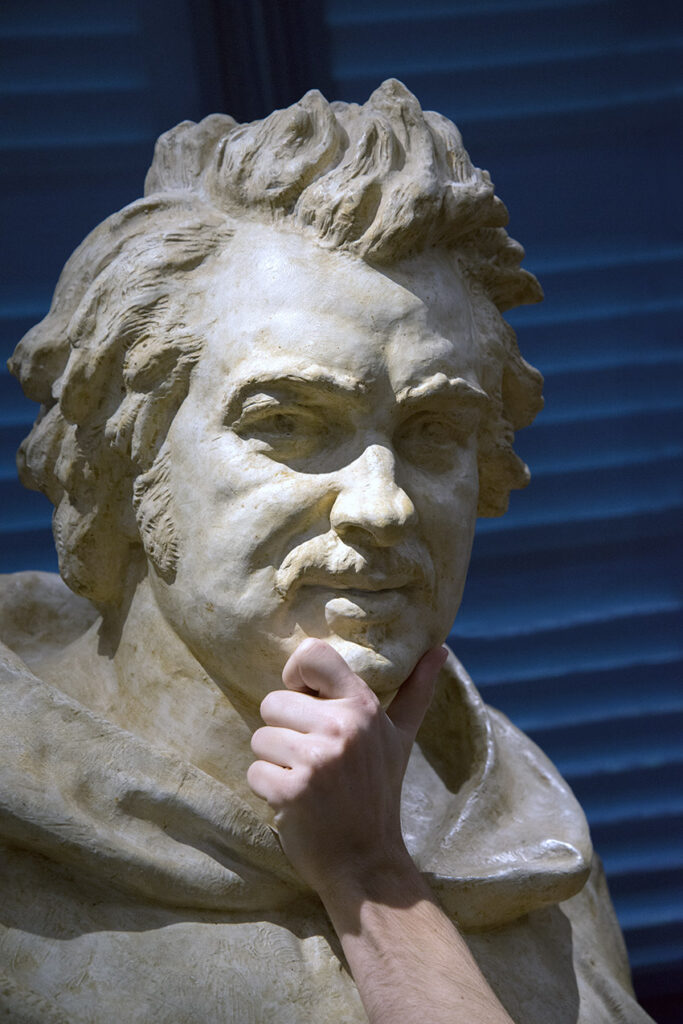
Serendipity having added a new dimension to his project, Julien then set about doing his thing at the Maison de Balzac. He was also gifted a facsimile of the first edition of Le Chef-d’Oeuvre Inconnu. It’s pages with Julien’s annotations linking his photographs with Balzac’s prose are also on show at Espace L. But the story doesn’t stop there. Enter Leticia – the “L” of Espace L – who, in a former life, was a journalist and publisher. She figured that publishing a book that documents the entirety of Julien’s story and presenting the book together with some of his photographs would make a fitting event to celebrate her ten years in contemporary art in Geneva. She figured right!
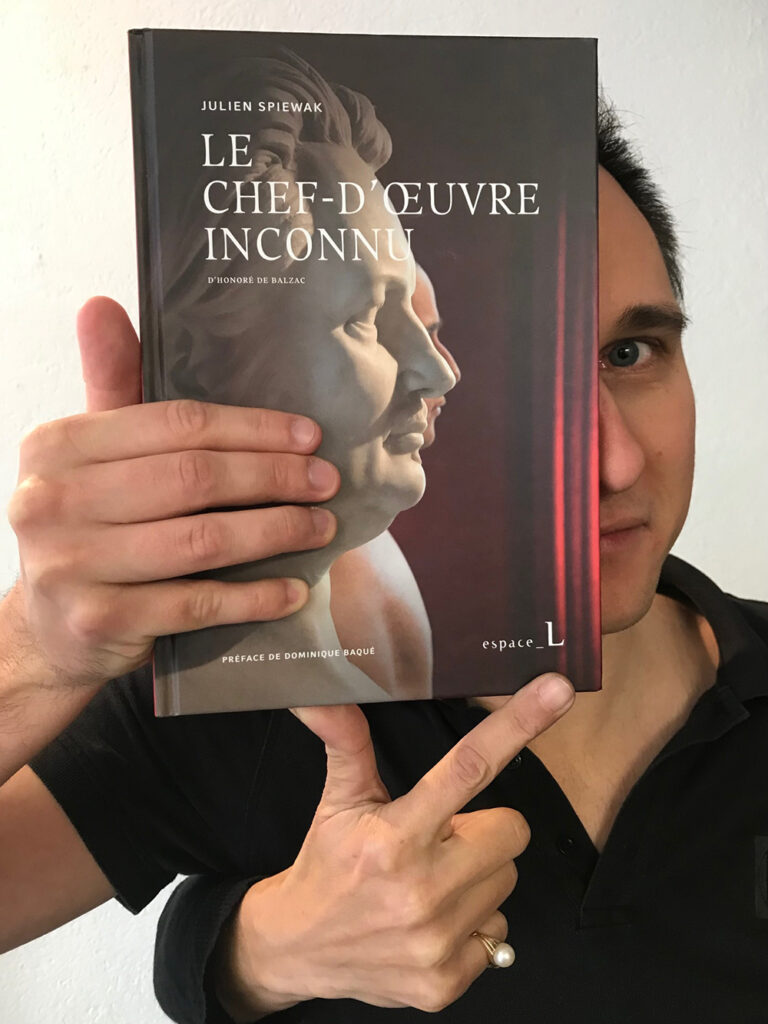
Dominique Baqué, a prominent historian of photography, has written the book’s monumental and detailed foreword that reads like an “A” graded academic treatise. She concludes that the real, living, breathing Julien Spiewak represents the incarnation of the fictional Frenhofer. Wow! If she claimed that Julien’s image-making embodies the spirit of Frenhofer, I would readily agree. However, Frehhofer’s spirit is known to live on in real paintings. Paul Cézanne strongly identified with Frenhofer and went so far as to declare “I am Frenhofer!” None other than Pablo Picasso was commissioned to illustrate Le Chef-d’Oeuvre Inconnu. He moved his studio close to a where Balzac’s story unfolded and, during World War II, painted his own very well known masterpiece, Guernica.
As I leave Espace L, I ask Julien what he will be doing in ten year’s time. Without hesitation, he answers “Just this….” I think to myself, I can believe it and by then you will have collected the highest accolades in the world of contemporary photography.
Katrin Benninghoff’s Horses
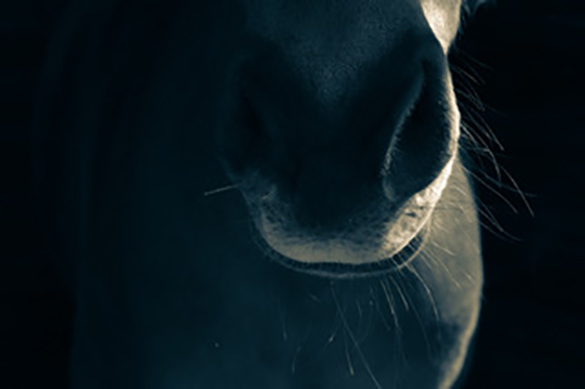
I am in down-town Geneva. I call in at that mine of beautiful stuff, Galerie Cimaise. And what a seam of gold I find! It is the last days of Katrin Benninghoff’s “HORS(ES)”. The gallery’s walls are tastefully hung with large format, striking, close-up photographs of horses. The whole is wonderfully easy on the eye. Each image is intimate, intriguing and technically accomplished and yet there is something at once confusing and troubling at play. The viewer is tricked by his or her own subliminal recognition of the clichéd style of “glamour” photography. But this is a show about neither eroticised beauty nor cosmetic ads in a fashion magazine. This is about horses. At least, I think so.
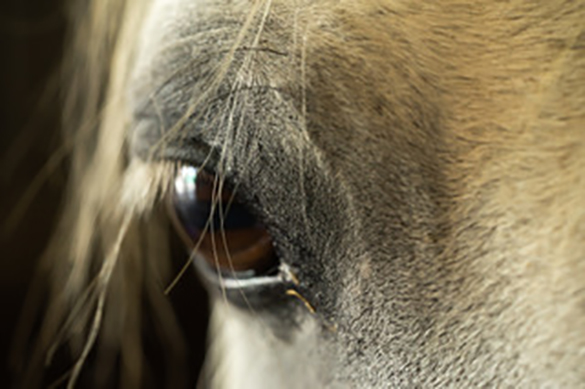
Katrin Benninghoff’s life has been dominated by a proximity to horses. Here, she has created an exhibition that is born of her sensitivity to equine power, elegance, fragility and intelligence. She has achieved this by a manifest determination not to portray a whole specimen of equus caballus; her compositions ensure that homo sapiens is never far from the viewer’s mind. I’d go so far as to bet that her influences would lean more towards Robert Mapplethorpe than to George Stubbs or Alfred Munnings. It comes as no surprise when I am told that Aline Kundig, – one of this town’s most daring photographers – has had a hand here.
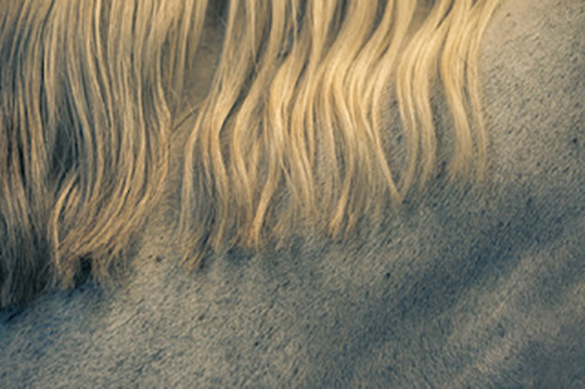
I stand in the middle of the gallery and turn full circle taking in this work in its entirety. I have never seen anything quite like it. I pull out my iPhone and google images using key words “horses art” and “horses photographs.” Nothing comes up that in any way resembles what surrounds me. Am I looking at something totally original? Will this exhibition prove to be an important beacon in contemporary photography? Two photographs stand out in this regard.
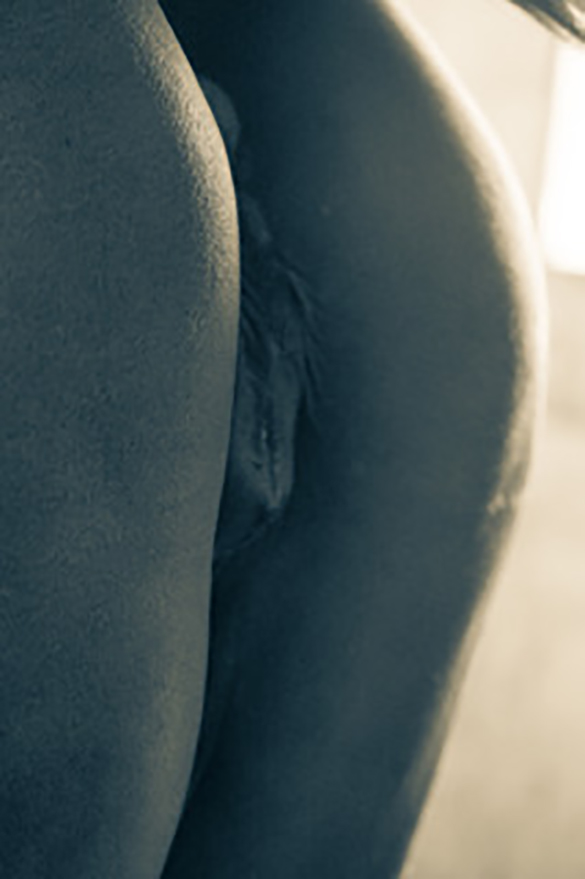
The close up of a horse’s buttocks and vulva predictably recalls the human form and if this was the human form, might even be labeled pornography (with little chance of exhibition at Galerie Cimaise!) The image tickles up a prickle of discomfort. But then, I am sure that this is precisely what Ms Benninghoff intends.

Why is such a distasteful image of a horse’s mouth so arresting and why does it work in this context? Because this is not a veterinarian’s perspective. This is quite simply the mouth you wouldn’t want to kiss!
Bravo, Katrin!
